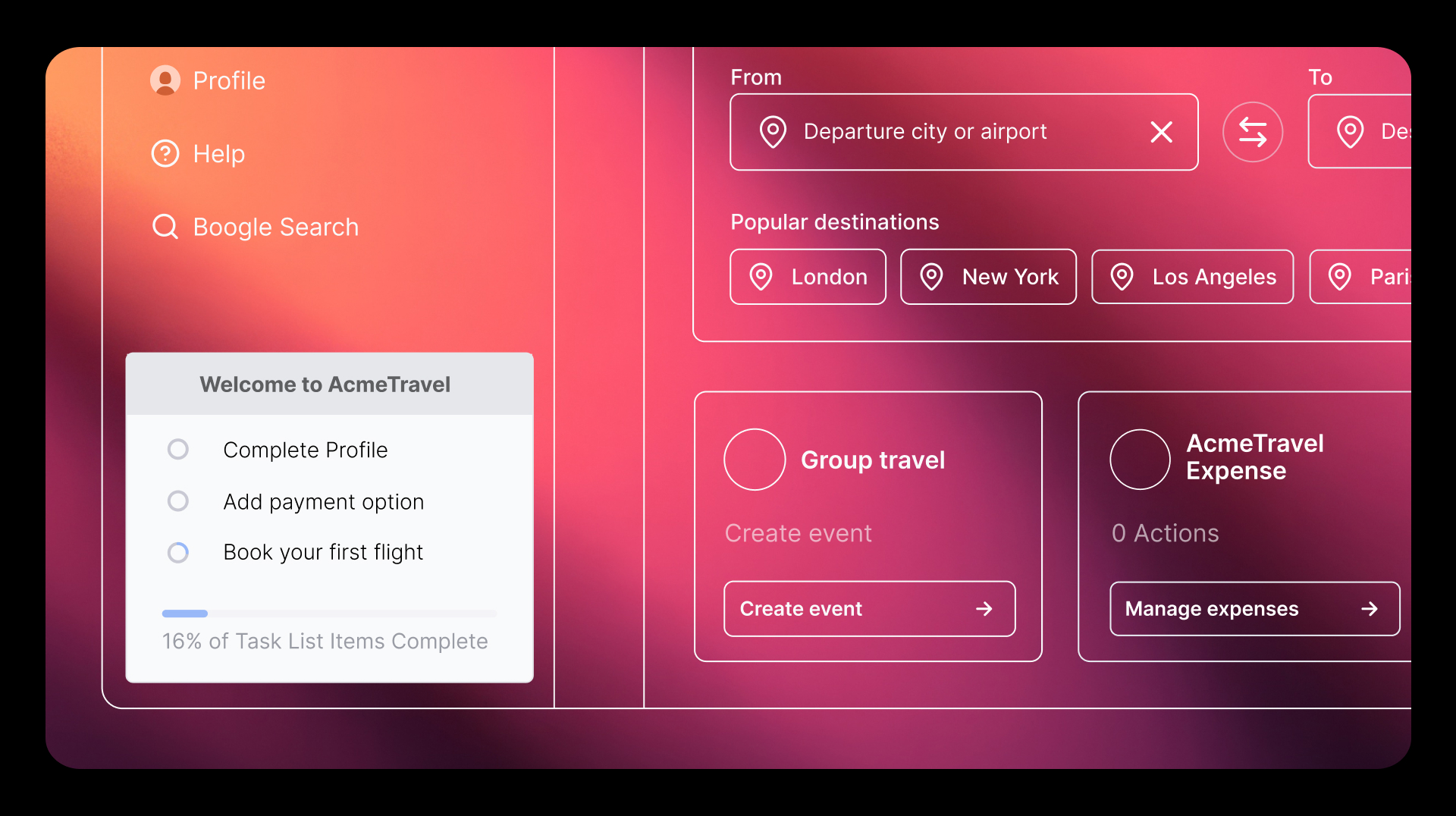3 ways to use Pendo to optimize your Learning Management System (LMS)
If you have a Learning Management System (LMS) for your application, you understand the importance of providing users with education right at their fingertips.
At Pendo, as we began to develop and release educational content on Pendo Academy, we wanted (and needed) to answer questions like, “Is this training effective?” and “Does it make a difference in what our users do in our main application?” Sure, we had data on course completions and who signed up for webinars that our LMS provided, but that didn’t tell us the whole story. What did those people do after they watched a course or attended a webinar?
Luckily for us, our own product can help us answer these exact questions—and more. So, we put the Pendo snippet on Pendo Academy in order to improve the learner experience and better understand how engaging with LMS content impacts users’ behavior in Pendo. Fast forward two years and we’ve seen success in three key areas.
Here’s how Pendo can help you improve—and prove the impact of—your LMS.
1. Improve the user experience
When you’re using a third-party LMS, you don’t always have total control of the user interface (UI) and user experience. For us, we knew where our customers struggled with UI flows and terminology in our LMS because we got support tickets about it. Once we learned the tricky parts of the LMS for our customers, we started adding Pendo In-app Guides to the UI to explain confusing terminology and important steps for key workflows. This allowed us to be able to communicate with our customers about things we knew we didn’t have the power to change in a third-party tool.
Here’s an example of an in-app guide to help customers get through a temporary empty state:

2. Collect valuable feedback
Your LMS is an extension of your application, so why not hear what your end users think about it? Having a place in your learning management system where people can submit feedback is a great starting point.

While more open-ended feedback is always a good thing, it’s also valuable to use this as an opportunity to learn what your users would like to see added to the experience next. Here’s an example of an in-app poll my team created:

3. Analyze the impact
Your LMS tool is probably providing you with data on course completions and who has viewed what lessons. With Pendo, you can take this a step further.
Tying your LMS data back to product usage data in Pendo allows you to then see if the course or a specific lesson has any impact on how users engage with your application. This way, you’ll have an idea of what driving success with your LMS content actually looks like.
Here are two ways we combine LMS data with product usage data in Pendo.
Pre-work: First, you’ll need to create a segment in Pendo with either:
- A CSV of your users you know completed a course
- Or, if you have track events enabled for when a student completes a course, create a segment rule of “Track Event equals course name completed”
Once you have your segment, you’re ready to start digging into the data.
One tactic is to create a Data Explorer report that compares feature adoption between those who completed the course and those who did not take the course. This will help you understand how—or if—engaging with LMS content impacts how users then engage with your product.

Another tactic is to create a Dashboard with additional widgets that together can show the value of your education program. Here are my top widget picks:
- Visitor Frequency: I recommend adding two of these widgets: one with the segment set to people who have viewed content in your LMS, and the other segment set to people who haven’t viewed content.
- Product Engagement Score (PES): Again, it’s most useful to add two PES widgets: one that shows PES for people who consumed content, and then a second widget with PES for those who did not consume content.
- Net Promoter Score (NPS): You guessed it—make a comparison of NPS for people who completed a course vs. those who didn’t sign up.
Having Pendo on our Academy has allowed us to treat our Academy like what it is: a product. The combination of Pendo Guides and Analytics gives us the ability to see what educational content is working, what users want to see more of, and how it impacts our main application’s usage. With Pendo’s capabilities, organizations can improve and demonstrate the impact of their LMS—ultimately fostering better learning outcomes and user satisfaction.


